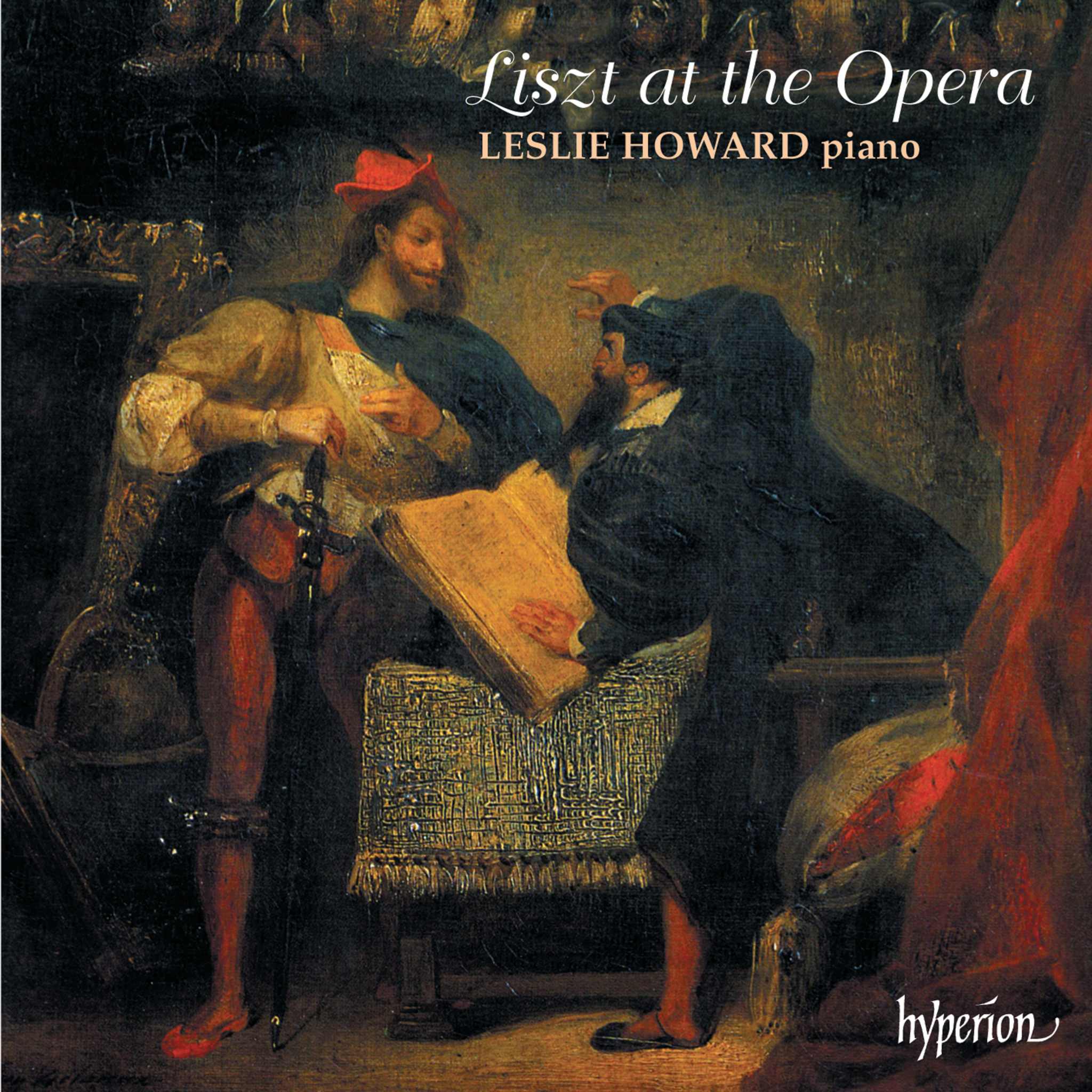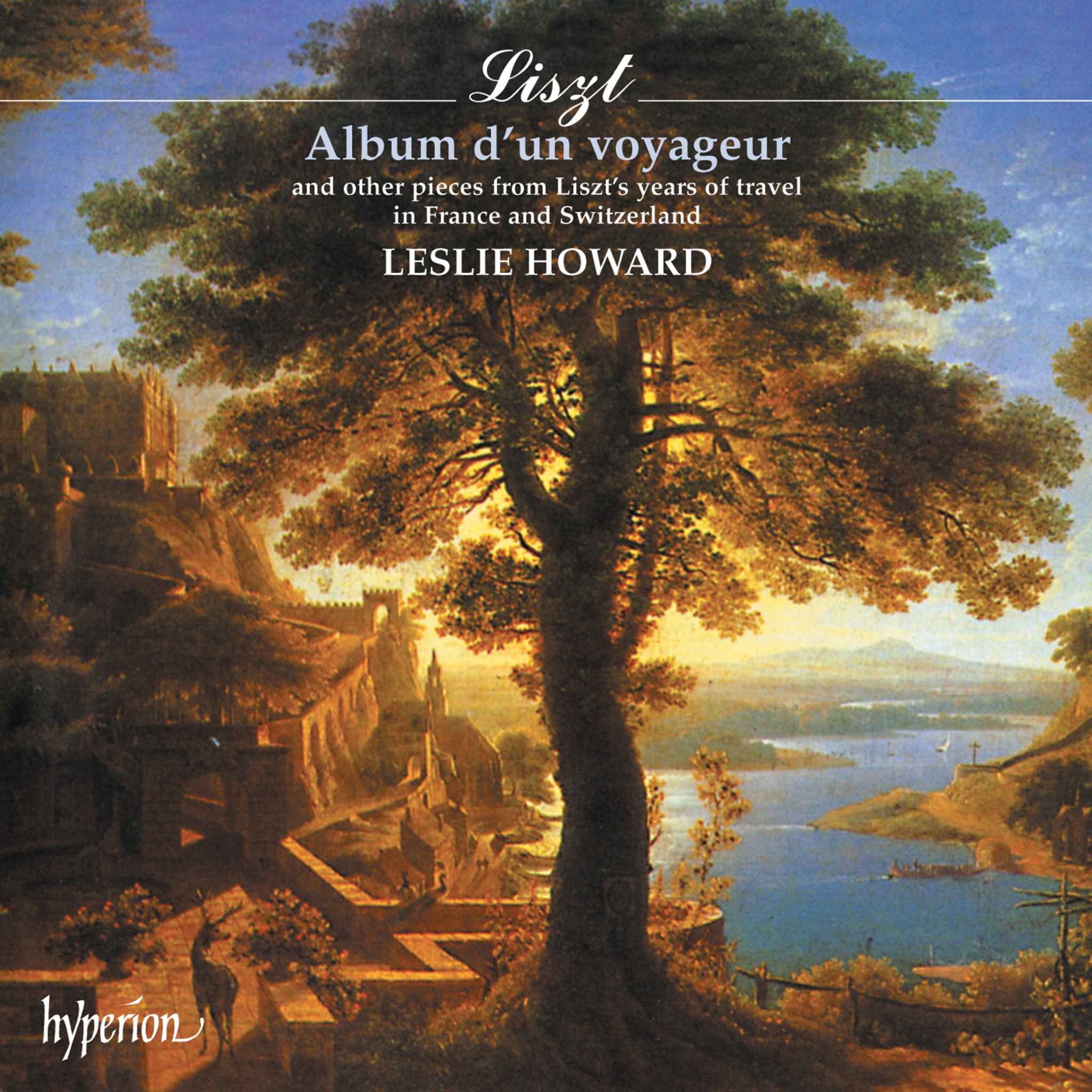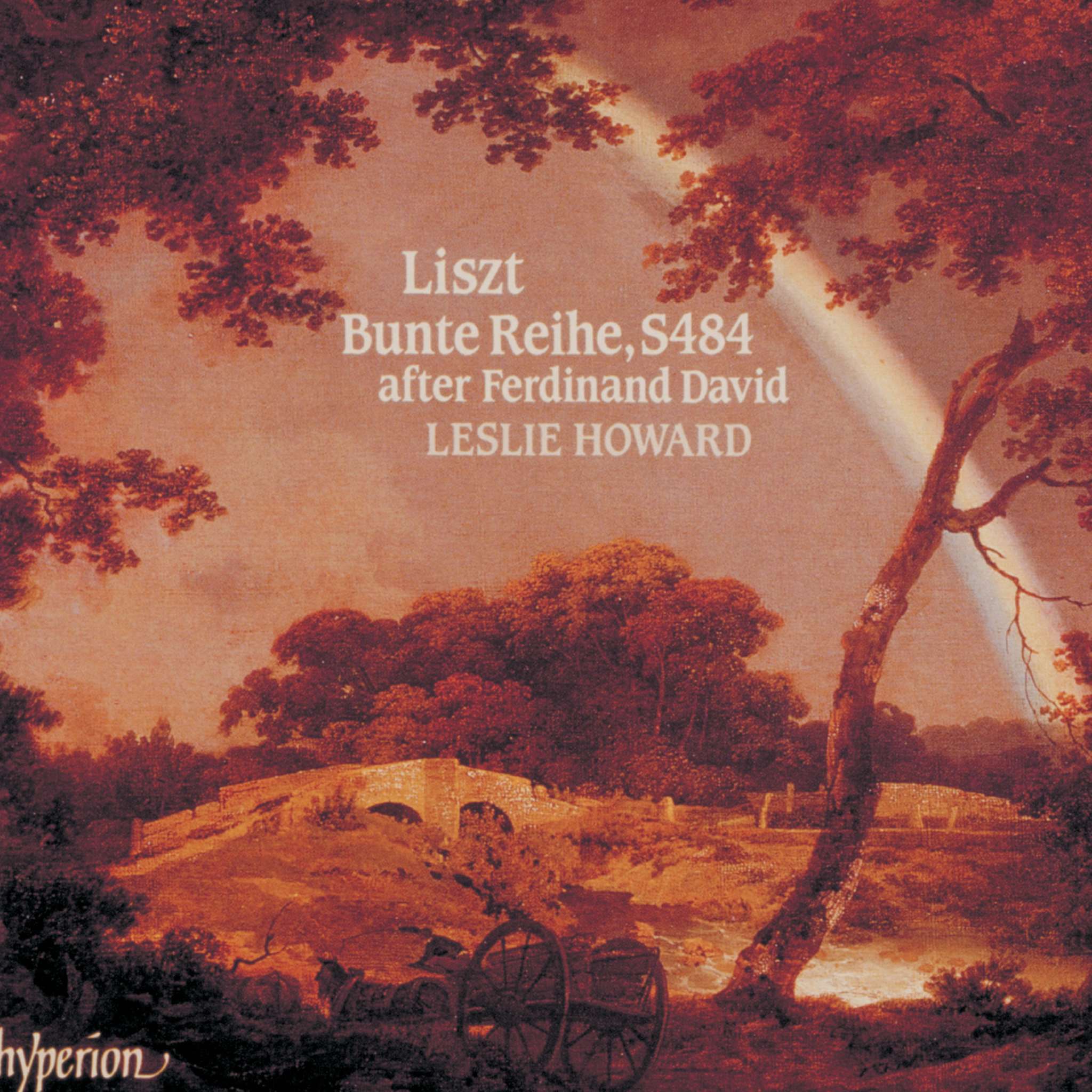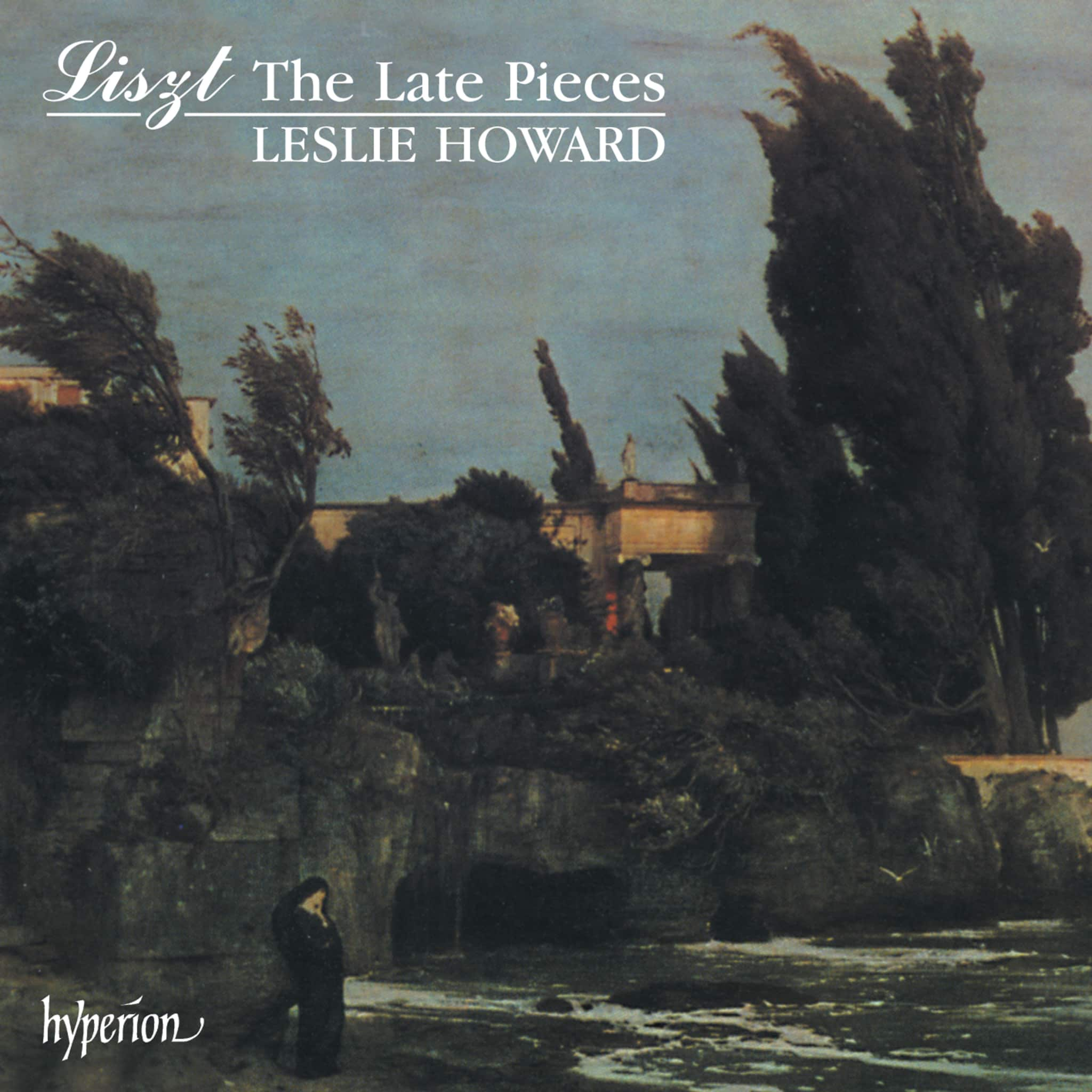Album insights
In his early twenties, Schumann completed the cycle of miniature dance pieces titled Papillons, showcasing his admiration for composers Schubert and Jean Paul. The Papillons reflect Schumann's personal connection to Jean Paul's novels and his deep appreciation for Schubert's waltzes and polonaises.
Schumann expressed his gratitude to the poet Ludwig Rellstab for the positive critique of his Abegg Variations op. 1. Through personal letters, Schumann's deep ties to Jean Paul's writings were revealed, hinting at the thematic and structural parallels between the authors' works and Schumann's musical compositions. Schumann's adaptation of literary content into musical expression was evident in his creative process.
The characters and thematic elements of the Flegeljahre novel, particularly the twins Walt and Vult Harnisch, were a significant inspiration for Schumann in composing the Papillons. The narrative of the brothers in the Larventanz chapter influenced the tonal shifts and fragmented structure within Schumann's music, reflecting a deep introspection and artistic contemplation.
Carnaval, an elaborate musical depiction of a masked ball, pays tribute to Jean Paul's intricate storytelling while integrating Schumann's personal and musical allegiances through a coded musical language.
Schumann's Fantasiestücke op. 12, inspired by E.T.A. Hoffmann's Fantasiestücke in Callots Manier, were crafted with admiration for the author's whimsical storytelling style. The musical compositions within op. 12 are a testament to Schumann's nuanced approach to piano literature, reflecting a mix of intimacy and thematic depth.
Through meticulous composition and thematic development, Schumann intricately wove literary inspirations, personal connections, and musical motifs into his works, creating a rich tapestry of emotion and storytelling in his compositions.






